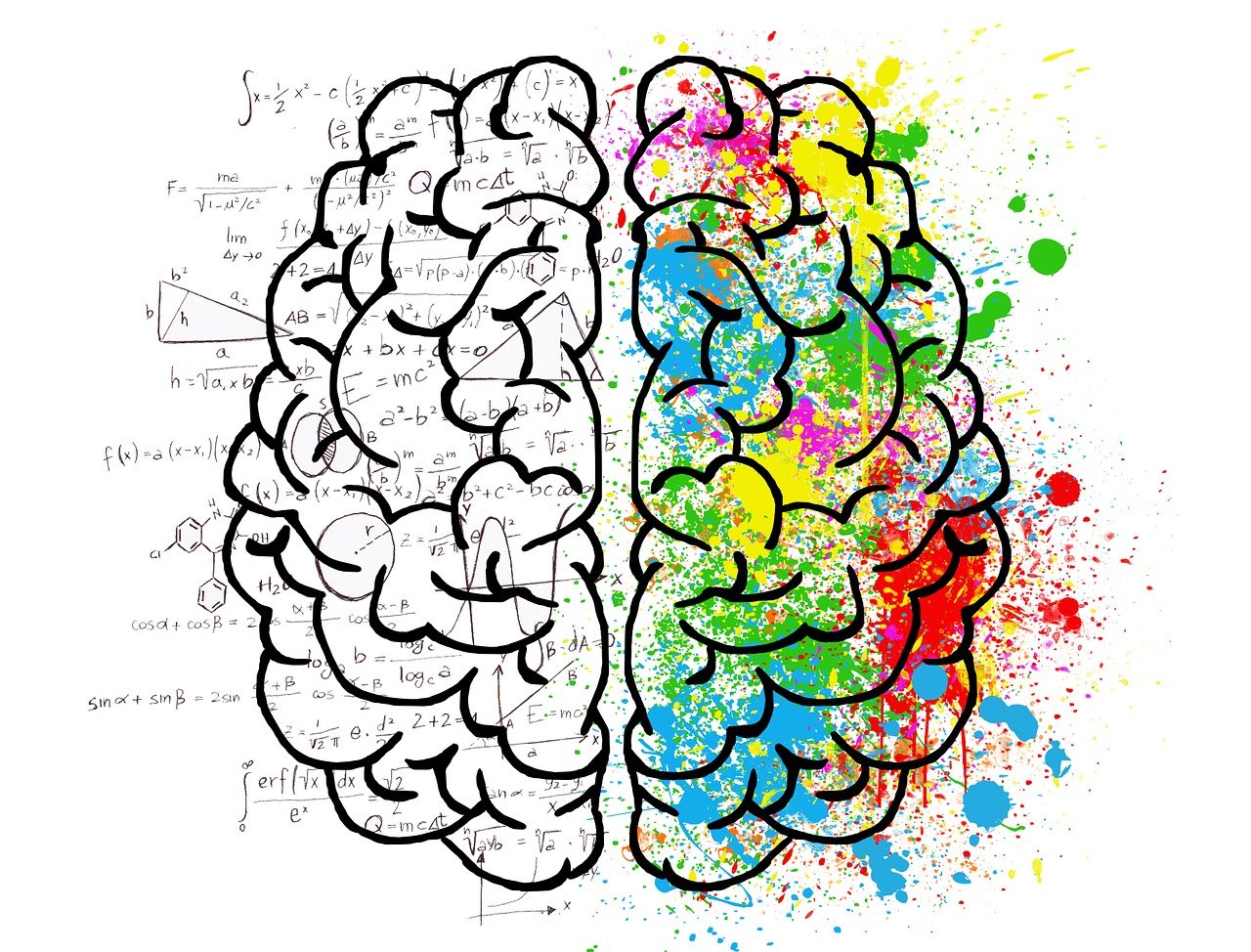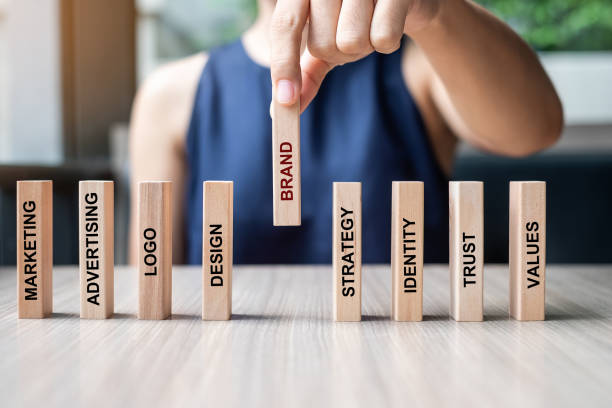Introduction: Understanding the Difference Between Print Design and Graphic Design

Design has become an integral part of our lives in today’s digital age. We are constantly exposed to various design forms, from websites and social media to billboards and brochures. Two terms often come up in discussions about design: print design and graphic design. While they may seem similar, there are critical differences between the two.
This article aims to unravel the truth and show whether print design is the same as graphic design.
Print Design: Definition, Characteristics, and Examples
Print design refers to the creation of visual materials that are intended to be printed and distributed physically. It encompasses various mediums such as flyers, posters, magazines, and packaging. The main goal of print design is to communicate a message effectively and aesthetically through typography, imagery, and layout.
One of the defining characteristics of print design is its fixed format. Once a design is printed, it cannot be easily altered or updated. This requires careful planning and attention to detail during the design process to ensure accuracy and quality. Print designers must also consider factors such as paper type, ink colors, and print finishes to achieve the desired outcome.
To illustrate the concept of print design, let’s look at an example. Imagine walking down the street and coming across a beautifully designed poster advertising a local art exhibition. The combination of captivating visuals, carefully chosen fonts, and a well-organized layout immediately catches your attention. This is a prime example of print design in action.
Graphic Design: Definition, Characteristics, and Examples
On the other hand, graphic design is a broader term that encompasses both print and digital mediums. It involves the creation of visual content to communicate a message or convey information. Graphic design can be found in various digital platforms such as websites, social media posts, and mobile applications.
Unlike print design, graphic design allows for more flexibility and interactivity. Designers can utilize animations, videos, and interactive elements to engage the audience. Graphic design also often involves using software tools such as Adobe Photoshop, Illustrator, and InDesign to create digital assets.
To better understand graphic design, let’s consider an example. Imagine you are browsing a website for a new restaurant. The website features a visually appealing layout, vibrant colors, and easy-to-navigate menus. The combination of visual elements and user-friendly design enhances your browsing experience. This is an excellent demonstration of graphic design principles at work.
Key Differences Between Print Design and Graphic Design

While print and graphic design share the common goal of visual communication, several key differences set them apart.
Firstly, print design is limited to physical mediums, whereas graphic design encompasses physical and digital platforms. Print design focuses on creating tangible materials that can be distributed, while graphic design includes a broader range of mediums that can be accessed digitally.
Another significant difference is the level of interactivity. Print design is static and cannot incorporate interactive elements, while graphic design can leverage animations, videos, and other interactive features to engage the audience. This flexibility allows graphic designers to explore creative possibilities that are not feasible in print design.
Lastly, the design process also differs between print and graphic design. Print designers must consider factors like paper type, ink colors, and print finishes. In contrast, graphic designers focus more on digital tools and optimizing designs for various screen sizes and resolutions.
Similarities Between Print Design and Graphic Design
While there are notable differences, print, and graphic design also share several similarities. Both disciplines require a strong understanding of visual communication principles, typography, and layout. Designers in both fields need to possess a keen eye for aesthetics and be able to effectively convey messages through visuals.
Additionally, print and graphic design require creativity and thinking critically. When creating visual materials, designers must consider the target audience, brand identity, and overall objectives. Both disciplines also benefit from a strong foundation in design theory and principles.
Importance of Considering the Medium in Design
When discussing the differences between print and graphic design, it is essential to recognize the importance of considering the medium in design. Each medium has unique characteristics and requirements that designers must consider.
For print design, designers must consider factors such as paper type, ink colors, and print finishes to ensure that the final product meets the desired quality and aesthetic. On the other hand, graphic designers need to optimize their designs for various screen sizes, resolutions, and devices to ensure a seamless user experience.
By considering the medium, designers can tailor their designs to communicate the intended message and engage the audience effectively. Designers must understand the strengths and limitations of each medium and use them to their advantage.
The Role of Technology in Print and Graphic Design

Technology has revolutionized the design industry, enabling designers to create more sophisticated and innovative designs. Technology plays a crucial role in the design process in both print and graphic design.
Technology has simplified tasks such as typesetting, image editing, and layout design for print design. Designers can now utilize software tools like Adobe InDesign and Photoshop to create visually appealing, print-ready materials. Technology has also made printing more accessible, allowing designers to experiment with different printing techniques and finishes.
In graphic design, technology has opened up endless possibilities. Designers can leverage software tools to create stunning visuals, animations, and interactive elements. Advanced software like Adobe Illustrator and After Effects empowers designers to bring their ideas to life and create immersive digital experiences.
How Print and Graphic Design Complement Each Other
While print and graphic design have unique characteristics, they are not mutually exclusive. In fact, these two disciplines often complement each other and work hand in hand to achieve the best results.
For example, a brand may have a beautifully designed logo that works well in digital applications. However, the logo may need to be modified to ensure optimal legibility and visual impact when it comes to physical mediums such as packaging or business cards. This is where print design comes into play, adapting the digital design to the requirements of the physical medium.
Similarly, a well-designed print brochure can be a source of inspiration for a graphic designer working on a website. The layout, typography, and color schemes used in the print brochure can be translated and adapted to the digital medium to create a cohesive brand experience.
Case Studies: Examples of Successful Print and Graphic Design Projects
Let’s explore a few case studies to demonstrate further the unique qualities and successful applications of image and graphic design.
1. Nike’s “Just Do It” Campaign: Nike’s iconic campaign has been successful across both print and digital platforms. The simple yet powerful slogan is featured in various print ads, billboards, and magazine spreads, captivating audiences with its bold typography and inspiring visuals. Graphic designers then utilize the campaign’s elements to create engaging social media posts and interactive website experiences.
2. National Geographic Magazine: National Geographic is renowned for its stunning print magazine covers. Each cover is carefully designed to captivate readers and convey the essence of the featured story. The magazine’s graphic designers then adapt the cover design to create visually compelling digital assets for their website and social media platforms, ensuring a consistent brand identity across mediums.
3. Apple’s Product Packaging: Apple’s product packaging is a testament to the power of print design. The minimalist and elegant packaging design reflects the brand’s commitment to simplicity and quality. Graphic designers then translate the brand’s visual identity into digital experiences, creating user-friendly interfaces and visually appealing marketing materials.
Conclusion: Embracing the Unique Qualities of Both Print and Graphic Design
In conclusion, while print and graphic design share common visual communication goals, they are different. Print design focuses on tangible, physical mediums, while graphic design encompasses physical and digital platforms. Both disciplines have unique characteristics and requirements, complementing each other in achieving effective and engaging designs.
Designers must consider the medium when creating visual materials and leverage technology to enhance their designs. By embracing the unique qualities of both print and graphic design, designers can create impactful visuals that resonate with audiences across various mediums. So, the next time you come across a beautifully designed poster or browse a visually appealing website, take a moment to appreciate the intricacies of print and graphic design and the creative minds behind them.



